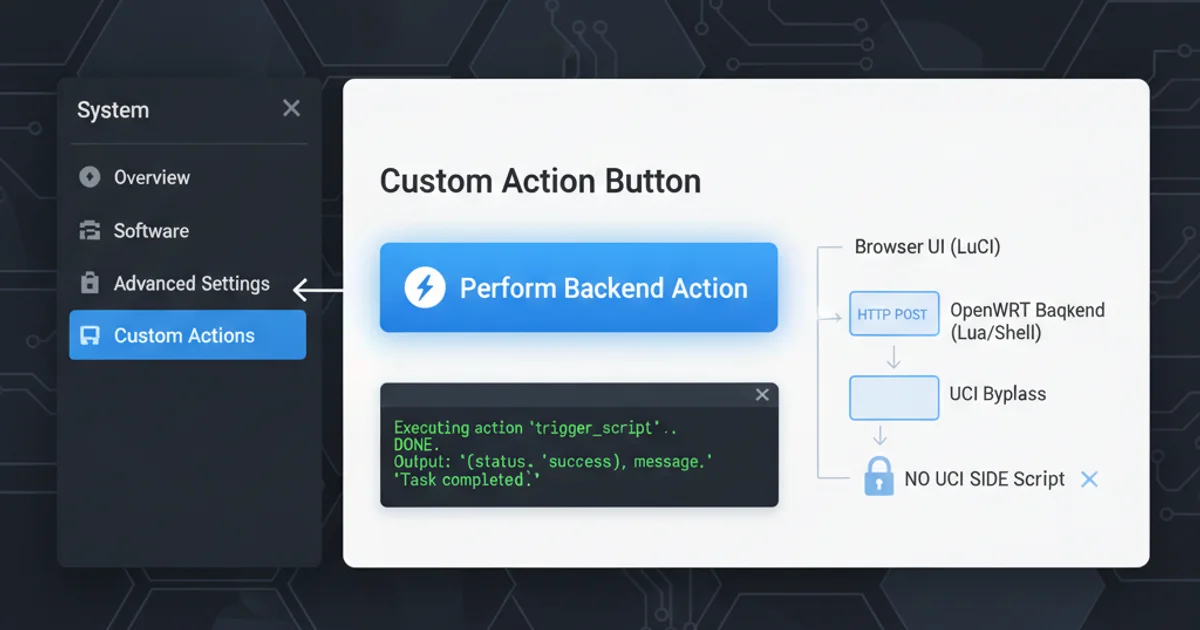Delete an element from a dictionary
Categories:
How to Delete Elements from a Python Dictionary

Learn various methods to remove keys and their corresponding values from Python dictionaries, including del, pop(), and clear().
Python dictionaries are versatile data structures that store data in key-value pairs. As your program evolves, you'll often need to modify these dictionaries, which includes adding, updating, and deleting elements. This article focuses on the different ways to delete elements from a Python dictionary, providing practical examples and explaining when to use each method.
Understanding Dictionary Deletion Methods
Python offers several built-in methods and statements to remove elements from a dictionary. Each method serves a slightly different purpose and has its own use cases. Choosing the right method depends on whether you need to remove a specific key, clear the entire dictionary, or retrieve the value of the removed item.
flowchart TD
A[Start] --> B{Need to remove an element?}
B -->|Yes| C{Remove specific key?}
C -->|Yes| D{"Need the removed value?"}
D -->|Yes| E[Use dict.pop(key)]
D -->|No| F[Use del dict[key]]
C -->|No| G{Remove all elements?}
G -->|Yes| H[Use dict.clear()]
G -->|No| I[End]
E --> I
F --> I
H --> IDecision flow for choosing a dictionary deletion method
1. Using the del Statement
The del statement is a fundamental way to remove an item from a dictionary by specifying its key. If the key does not exist, it will raise a KeyError. This method is straightforward and efficient when you know the key you want to remove and don't need its associated value.
my_dict = {"name": "Alice", "age": 30, "city": "New York"}
print(f"Original dictionary: {my_dict}")
del my_dict["age"]
print(f"Dictionary after del 'age': {my_dict}")
# Attempting to delete a non-existent key will raise a KeyError
try:
del my_dict["country"]
except KeyError as e:
print(f"Error: {e}")
Example of using the del statement to remove a dictionary element.
del with keys that might not exist. Always ensure the key is present or wrap the operation in a try-except block to handle KeyError gracefully.2. Using the pop() Method
The pop() method removes a specified key and returns its corresponding value. This is particularly useful when you need to use the value of the removed item. Like del, pop() raises a KeyError if the key is not found, but it also allows you to provide a default value to return if the key is missing, preventing the error.
my_dict = {"name": "Bob", "age": 25, "occupation": "Engineer"}
print(f"Original dictionary: {my_dict}")
removed_occupation = my_dict.pop("occupation")
print(f"Removed occupation: {removed_occupation}")
print(f"Dictionary after pop('occupation'): {my_dict}")
# Using pop() with a default value for a non-existent key
removed_country = my_dict.pop("country", "Not Found")
print(f"Removed country (default): {removed_country}")
print(f"Dictionary after pop('country', 'Not Found'): {my_dict}")
# Attempting to pop a non-existent key without a default will raise a KeyError
try:
my_dict.pop("salary")
except KeyError as e:
print(f"Error: {e}")
Demonstration of pop() with and without a default value.
pop() method is ideal when you need to both remove an item and retrieve its value. Using the default value argument is a robust way to handle potentially missing keys without crashing your program.3. Using the popitem() Method
The popitem() method removes and returns an arbitrary (key, value) pair from the dictionary. In Python 3.7+, popitem() removes the last inserted item in LIFO (Last In, First Out) order. If the dictionary is empty, it raises a KeyError.
my_dict = {"a": 1, "b": 2, "c": 3}
print(f"Original dictionary: {my_dict}")
removed_item = my_dict.popitem()
print(f"Removed item: {removed_item}")
print(f"Dictionary after popitem(): {my_dict}")
removed_item_2 = my_dict.popitem()
print(f"Removed item: {removed_item_2}")
print(f"Dictionary after second popitem(): {my_dict}")
# Attempting to popitem from an empty dictionary
empty_dict = {}
try:
empty_dict.popitem()
except KeyError as e:
print(f"Error: {e}")
Example of using popitem() to remove the last inserted item.
4. Using the clear() Method
The clear() method removes all items from a dictionary, effectively making it empty. This is useful when you want to reset a dictionary without deleting the dictionary object itself.
my_dict = {"fruit": "apple", "color": "red", "taste": "sweet"}
print(f"Original dictionary: {my_dict}")
my_dict.clear()
print(f"Dictionary after clear(): {my_dict}")
Using clear() to empty a dictionary.
clear() empties the dictionary, the dictionary object itself still exists. If you want to completely remove the dictionary from memory, you would use del my_dict.